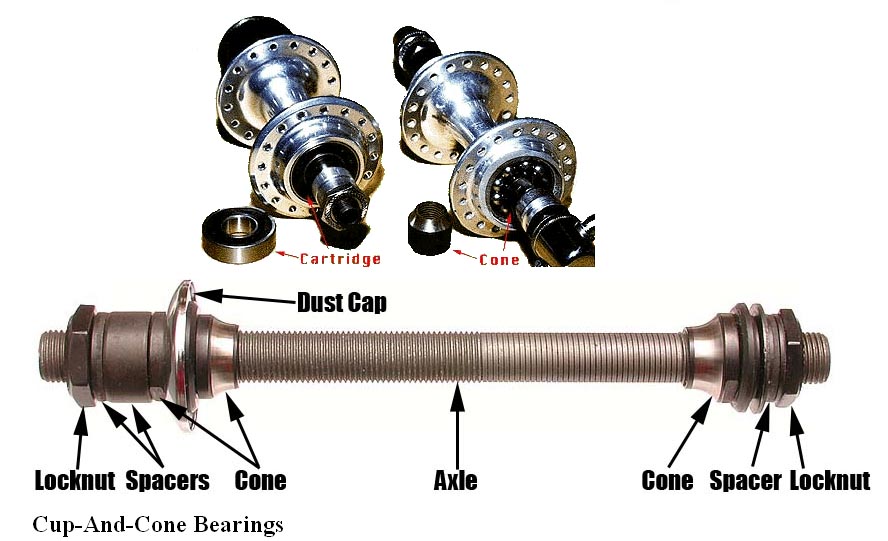Notes
Although this interpretation is not certain, it might be that a cone in a 1913 car wheel is similar to the cup-and-cone bearings used in most bicycle wheels. From www.sheldonbrown.com/cone-adjustment.html:
"This type of hub is easy to service, but requires extremely careful adjustment to reduce friction and extend lifespan.
"The cups are built into the shell of the hub; the cones are conical nuts that screw onto the axle. Steel balls roll between these two parts. The combination of cup, cone and balls forms the bearing; there is a bearing on each side of the hub.
"If the cones are screwed on too far, they exert pressure on the bearing balls. This causes excessive friction; the wheel will not turn as freely as it should, and the parts will wear out prematurely.
"If the cones are not screwed on far enough, the bearings will have ‘play’: the wheel will be able to shake back and forth on its bearings. This is an unpleasant sensation, and may cause control problems.
"This adjustment is very critical; corrections on the order of 1/10 of a turn or less are needed to get the optimal adjustment.
"Most cup-and-cone hubs use thin locknuts to secure the cones in place: the cone and it’s locknut are tightened against one another, usually with a washer in between them. This keeps the cone from going out of adjustment.
"Traditional, solid-axle hubs that are secured to the frame/fork by nuts need to be adjusted tight enough that play (sideways wiggle) is minimized, but loose enough to turn freely."


